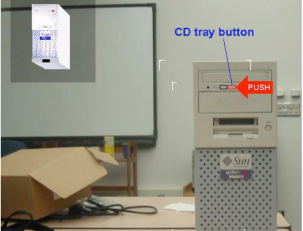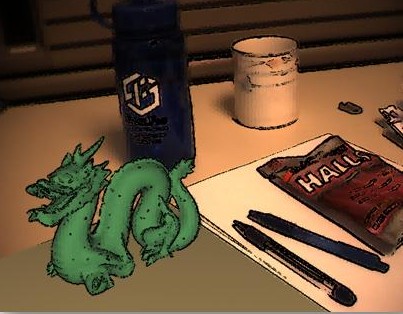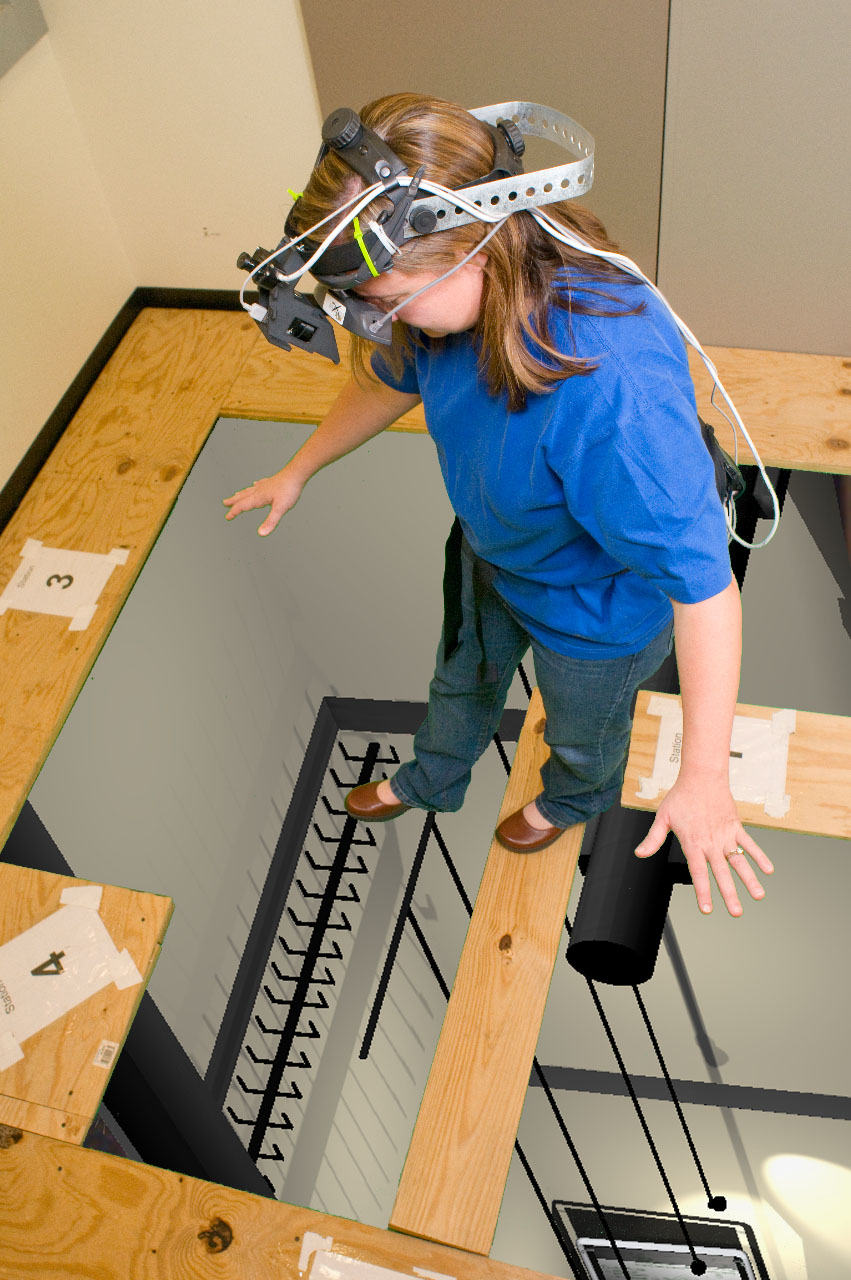An essential aspect of Augmented Reality applications is their interaction with the physical world, and a users perception of that interaction. In our research, we have focused on the effects of mis-registration between the physical and virtual content, and how to ameliorate it with adaptive algorithms. We have also investigated techniques for creating photo-realistic and non-photorealistic renderings of hybrid physical/virtual scenes.
Enabling Technology
AIBAS: Adaptive Intent-Based Augmentation System
An ongoing research problem in Augmented Reality (AR) is to improve tracking and display technology in order to minimize registration errors. However, registration is not always necessary for users to understand the intent of an augmentation. The goal of AIBAS (a Adaptive Intent-Based Augmentation System) is to understand how knowledge of the communicative intent of …
ARToolkitPlus S60
ARToolKitPlus For Symbian OS 9.1 This is an extended version of ARToolkitPlus for Symbian OS. More information about the original ARToolkitPlus can be found here. The library and sample were compiled for S60 3rd Edition Maintenance Release, using CarbideC++ Express v1.2. The sample also needs additional libraries: OpenC, OpenCPP and OpenGL ES 1.1 plug-in. Download …
Non-Photorealistic Rendering with Coherence for AR
A seamless blending of the real and virtual worlds is key to increased immersion and improved user experiences for augmented reality (AR). Photorealistic and non-photorealistic rendering (NPR) are two ways to achieve this goal. Non-photorealistic rendering creates an abstract version of both the real and virtual world by stylization to make them indistinguishable. Simple NRP …
OSGAR: A Scenegraph with Uncertain Transformations
Registration errors between the physical world and computer-generated objects are a central problem in AR systems. In our previous work we demonstrated how to dynamically estimate registration errors based on estimates of spatial errors in the system. Using these errors estimates, we demonstrated a number of ways of ameliorating the effects of registration error. One …
Presence in Augmented Reality
For more than a decade, “presence” has been a key concept for understanding and evaluating the effectiveness of virtual environments. VR researchers have used the term to describe the mental state of the user in response to being immersed in a virtual world, and typically equate presence with a sense of “being in the …
Visual Coherence in Augmented Reality
Augmented reality (AR) is the process of overlaying additional information (usually visual) onto our perception of the world in real time. In many cases, the goal is to have visual augmentations blend with the real world in a visually coherent manner. This visual coherence may provide the user with stronger visual cues on the location, …





Recent Comments